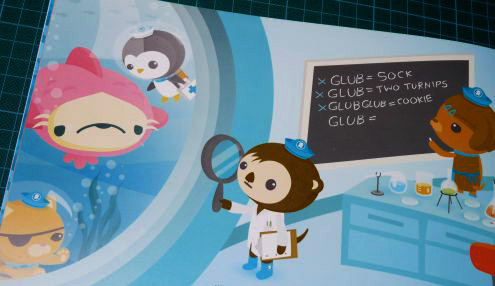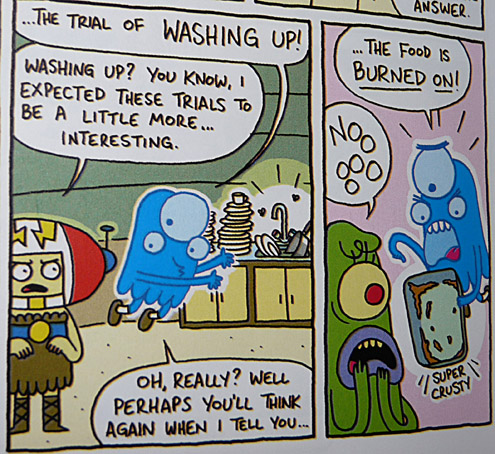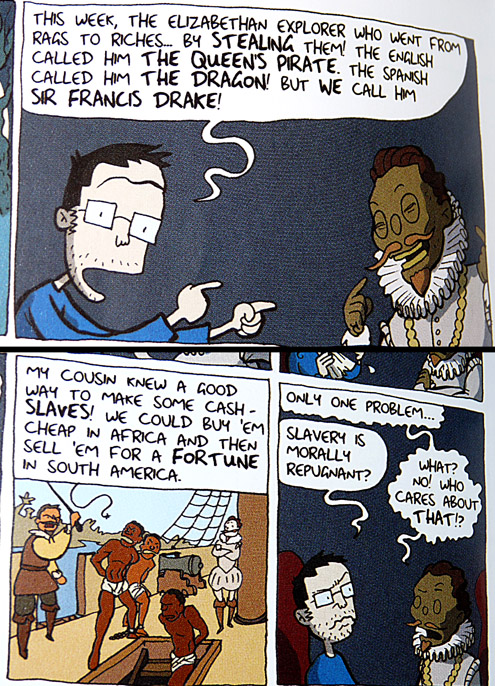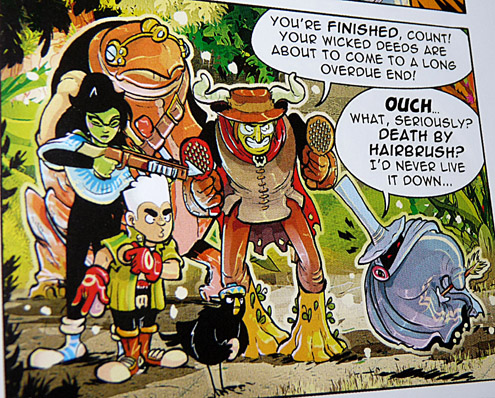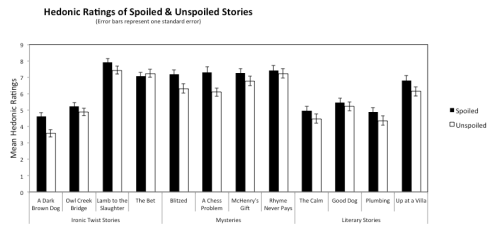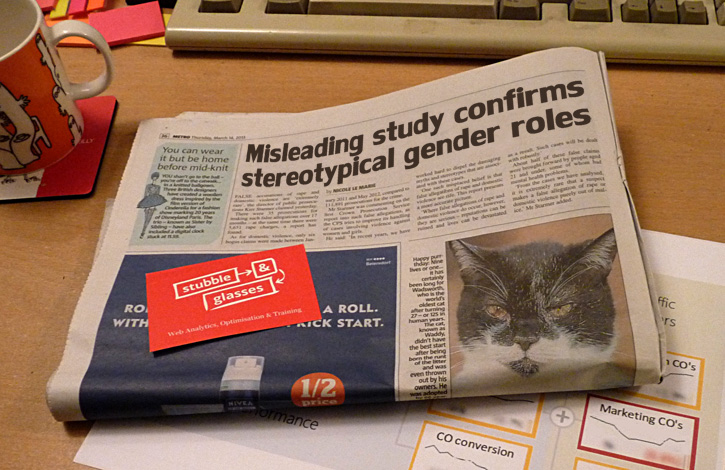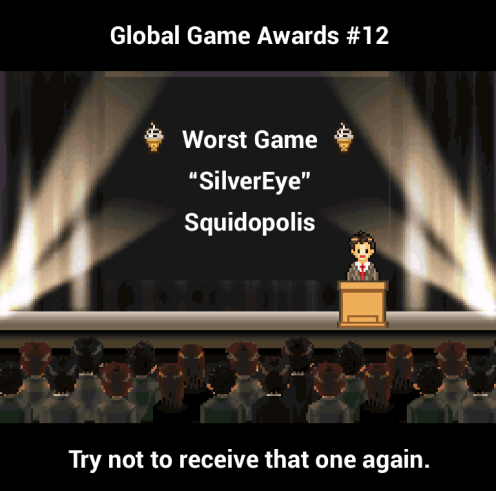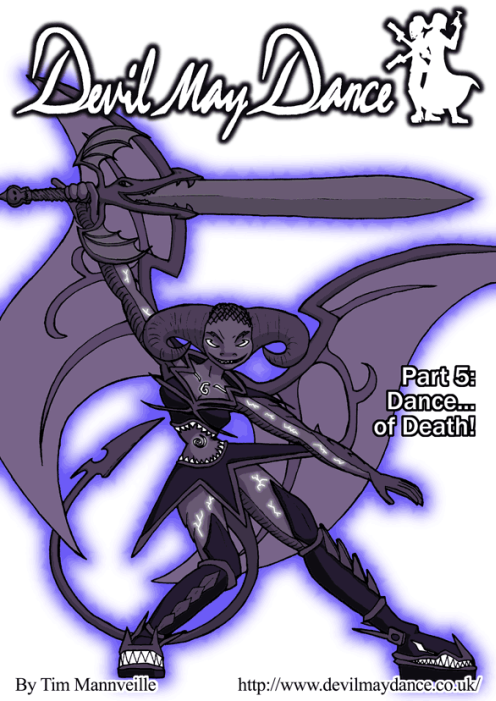Reviewing with a different lens
I like the gimmick of reviewing one thing in the style of another in order to shed some light on the genre as a whole. Here’s two examples of that.
A review of the concept of pay-to-play games (or what you might consider ‘normal’ games, in which you just buy the game and then play it) in the style of articles criticising the concept of free-to-play games (which now dominate mobile, and make their money from various forms of in-game purchase). This raises some excellent points, but I would add that free-to-play is still relatively immature as a model, so has some legitimate problems that should get mitigated over time.
My personal least favourite aspect of free-to-play is that a lot of such games (regardless of genre) revolve around resource-management, where the resources are the player’s time, the player’s money, and typically two in-game currencies. People who aren’t good at this particular skill end up having a less fun time across all such games!
Similarly: what if we reviewed films like we reviewed games? This suggests even the way we culturally appreciate and understand ‘normal’ pay-to-play games is still immature compared to other media.
Good long reads
Theme park fast-passes as metaphor for left/right ideologies: Are we a nation of line-cutters, or are we the line? (1.8k words)
The historic development of scientific consensus on animal “consciousness”, and the lovely idea of thinking about wild animals as collections of individuals rather than uniform groups: Being a Sandpiper (3.7k words)
Film critic Hulk lays down exactly what was wrong with Tom Hoopers adaptation of Les Miserables, by giving a quick masterclass in cinematography. This is the best thing written in all-caps that I’ve ever read: HULK VS. TOM HOOPER AND ART OF CINEMATIC AFFECTATION (7.9k WORDS)
That last link is huge (but very well structured), so here’s a quick excerpt to explain the central point. Hulk quotes Gordon Willis, cinematographer on The Godfather (and many other great movies):
“You can decide this movie has got a dark palette. But you can’t spend two hours on a dark palette. . . So you’ve got this high-key, Kodachrome wedding going on. Now you go back inside and it’s dark again. You can’t, in my mind, put both feet into a bucket of cement and leave them there for the whole movie. It doesn’t work. You must have this relativity.”
Hulk then follows this with
WE’RE TALKING ABOUT TOM HOOPER AND THE FACT THAT HE WANTED TO MAKE AN “INTIMATE” AND “ORGANIC” LES MIS SO HE FILMED THE ENTIRE THING IN CLOSE-UP AND HAND-HELD.
DESPITE THE FACT THAT THAT WAS INAPPROPRIATE FOR ABOUT 90% OF THE MOVIE.
YUP. HE PUT BOTH FEET IN THE BUCKET OF CEMENT.
On surveillance
A few years ago I started to draft a series of blog posts with the titles “Ubiquitous surveillance is possible”, “Ubiquitous surveillance is inevitable”, and “Ubiquitous surveillance is abominable”, but never got around to finishing them, stalling when the ‘gather data and evidence’ phase spiralled out of control.
With Snowden’s leaks on the NSA, the first two now seem somewhat redundant, but I’m still surprised how few good articles I’ve found that specifically identify the problems of ubiquitous surveillance. Most preach to the choir and insist that the whole project is inherently bad, without digging into exactly why.
The insidious part of ubiquitous surveillance is that, at face value, it allows for perfect law enforcement, which should be a good thing. We have laws, and naturally we try to enforce them, so why would we not use technology to enforce them as efficiently as possible?
In 1984, George Orwell wanted to articulate the real issue so much that he used blatant exposition, in particular:
If you want a picture of the future, imagine a boot stamping on a human face — forever.
The key issue is that the state in 1984 has so much power (largely through ubiquitous surveillance) that society is in stasis: the power can never be overthrown, it will only grow stronger, and it will always crush any dissent.
Unfortunately 1984‘s extrapolation is so extreme, I suspect people have the general impression that since the society from 1984 is terrible, we just need to avoid doing exactly that – without recognising that it’s conceivably the conclusion of a feedback loop we are already beginning. That feedback loop being: a state with such pervasive surveillance can use that very power to maintain and continue to extend it’s surveillance capabilities.
(Incidentally, this means the news stories I think we should really watch out for are those where a state uses surveillance to either extend the reach of its existing surveillance, or to defend its right to continue using that surveillance, both typically via blackmail, and unfortunately for the conspiracy-theory-nature of this concern, both very rarely made public)
So anyway, here’s the one article I’ve found that expounds on these problems more cogently: Why ‘I Have Nothing to Hide’ Is the Wrong Way to Think About Surveillance.
(You might recall I collected responses to the ‘Nothing to Hide’ argument in Things 110)
Videos
A really wonderful minute of a mouse attempting to haul a cracker up a shelf (no sound needed):
I recently caught some of the London International Animation Festival.
This video, ‘The Solipsist‘ won the award for visual innovation; the effects are extraordinary, yet 99% practical. It’s 10 minutes with three main segments, so if you’re in a hurry you can just skip through it and get the gist (sound helps):
At the opposite end of many scales, ‘The Banker‘ is short, low-budget, low/no-aesthetic, crude, rude, oddly paced, and still weirdly compelling (sound essential, 2’59”):
Puzzles
Suggested by Matt: 100 Poisoned Chalices
Through some implausible scenario that is not necessary for the puzzle, you are compelled to make a deadly choice: to choose and drink from a potentially poisoned chalice from room A, or room B. In room A, there are two chalices; one has been poisoned, the other not. In room B, there are 100 chalices, and 100 fiends have each independently and randomly poisoned one out of the 100- chalices; as a result, some will have been poisoned multiple times, some once, and some not at all.
Which room should you select your chalice from?
For those of you thinking “I know how to calculate that”, that’s great, but I encourage you to guess which room gives you the best odds first!
Kickstarter video paradox
I’ve backed 13 projects on Kickstarter to date (I’m currently hoping stretch goals can be met for Bee and Puppycat), and seriously considered many more.
The Kickstarter page is effectively selling you something. Very commonly, if someone watches a video about a product, they are more likely to buy it (if only because they self-selected to be that much more engaged with the process). But speaking personally, every time I watch a Kickstarter video, I end up feeling less likely to back the project. Why might that be? Is there a way to do it right?
– transmission ends

